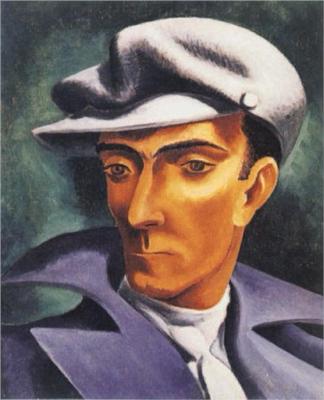Although
the arts are generally supported by the people of São Tomé and Príncipe, there
isn’t much financial support from the government available for it. Folk scenes
are a common theme for many artists from these islands. José de Almada
Negreiros was born in São Tomé and had a hand in many of the arts. Not only was
he a talented artist (mainly in painting, stained glass and azulejo, mosaic,
tapestry, murals, engraving, and caricature), he was also a gifted writer and
even created ballet choreographies.
Another
prominent painter from São Tomé was Pascoal Viegas Vilhete (also known as Canarim).
He often painted the land around him, capturing scenes that depicted life as it
was happening, showing the people in motion. Sometimes revered as one of the
greater national painters, his style was more 2D rather than 3D, anamorphic I
suppose.
There are a number
of different kinds of handicrafts produced on the islands. Some of these trace
back many centuries and have their roots from various areas of mainland Africa.
Most of them are created using materials that are readily available on the
islands, such as different woods, shells, palms, and reeds. Wood carving and
jewelry making are common handicrafts that support the local shops and tourist
mementos.
One
of the most prolific writers from São Tomé and Príncipe is Francisco José
Tenreiro. By trade, he was a geographer and teacher, but he was also a poet.
He worked in Cape Verde where he started a journal publishing articles on
nationalism and anti-colonialism. Tenreiro is thought of as one of the most
influential writers in the nation. In fact, they named a literary prize and
special wings of the National Library after him.
Up
next: music and dance



No comments:
Post a Comment